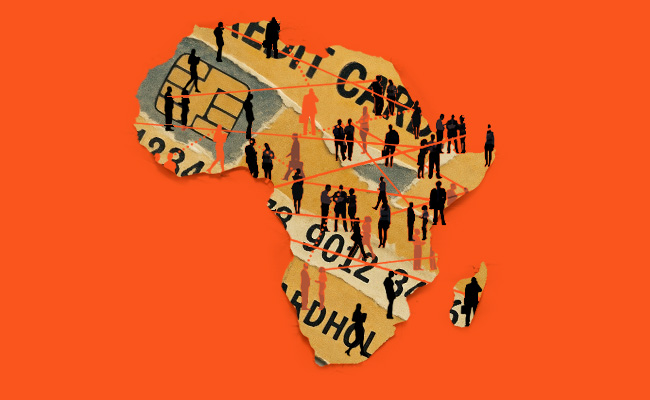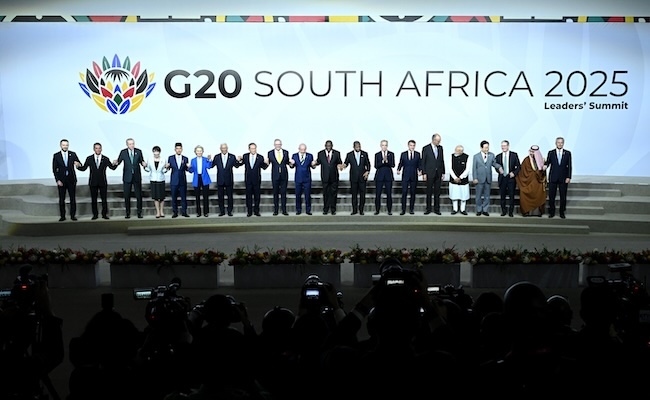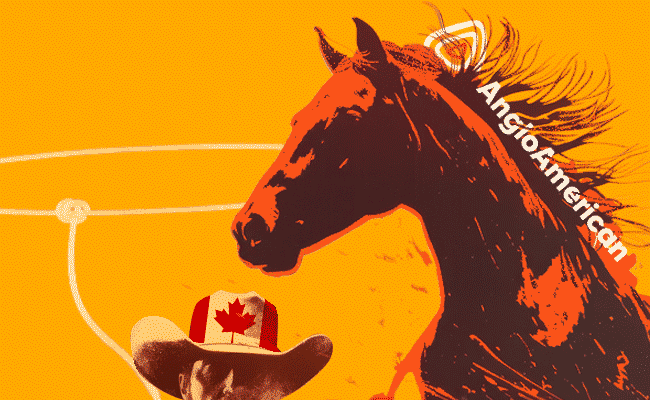The Pan-African Payment and Settlement System (PAPSS) is being touted as a transformative force in African cross-border payments. But is it?
Launched in 2022 by pan-African multilateral financial institution Afreximbank (African Export-Import Bank) in collaboration with the AU, PAPSS is designed to support the African Continental Free Trade Area (AfCFTA), which aims to boost intra-African trade from a modest 17% of total trade.
Its mechanism? Real-time, local currency settlement between African countries. PAPSS claims transfer costs are about 1% of the transaction value, which is a dramatic reduction from the traditional cost structure of cross-border payments in Africa, which can reach, in worst case scenarios, 30% of transaction value. The global average is about 6.5% and usually takes two days.
The savings come from bypassing correspondent banks and settling directly in local currencies via Afreximbank’s clearing infrastructure. Afreximbank’s ownership structure is hybrid, combining public shareholders, including African governments, central banks, and regional economic organisations with private shareholders. These include African and non-African financial institutions, investors, and corporations.
The bank was established under a 1987 agreement signed by African governments, the African Development Bank, and private investors. It therefore operates as a public-private partnership, with a developmental mandate to promote intra-African trade and industrialisation.
But cynics (or realists) see PAPSS as a glorified bank instruction system. Optimists argue it’s fundamentally different: a multilateral, centralised clearing mechanism that bypasses traditional correspondent banking, reduces foreign exchange leakage, and enhances regional financial sovereignty. Crucially, it helps governments reduce dependence on the US dollar, though other external currencies like the euro remain embedded in parts of the continent, notably French West Africa.
PAPSS connects national payment systems, central banks and commercial banks across participating countries. When a sender initiates a payment in their local currency, PAPSS clears the transaction centrally and ensures the recipient receives funds in their own local currency – without routing through dollar intermediaries.
If a Nigerian business wants to pay a supplier in Zambia, the Nigerian bank sends the payment instruction to PAPSS. The system debits the Nigerian bank’s account with Afreximbank (through PAPSS) in naira and credits the Zambian bank’s account with Afreximbank (via PAPSS) in kwacha. Central banks settle net positions at the end of the day, backed by Afreximbank’s guarantee mechanism.
This model eliminates the need for multiple correspondent banks, slashes settlement time from several days to under two minutes and drastically lowers transaction costs.
Not all plain sailing
But despite its promise, PAPSS faces operational challenges – particularly around liquidity, currency volatility and credit ceilings. Settlement is managed through a multilateral netting system, with central banks reconciling positions daily. Afreximbank provides settlement guarantees and overdraft facilities to ensure finality, but these are subject to credit limits and risk assessments.
If a country or bank exceeds its credit ceiling, outbound payments may be paused. In high-volume corridors, this can create bottlenecks. Central banks may inject liquidity, renegotiate limits, or rebalance collateral positions to restore flow – but not all central banks are in a position to do so, which can exacerbate delays. Still, these mechanisms are more sophisticated than traditional bank transfers, which rely on bilateral arrangements and often lack systemic safeguards.
PAPSS must also navigate fragmented monetary policies, differing forex regimes, and uneven digital infrastructure. Some countries – like Nigeria and Ghana – have embraced PAPSS fully. Others, including South Africa, are still aligning regulatory frameworks. The South African Reserve Bank has stated it needs to resolve legal and risk concerns before committing to full integration.
This uneven rollout limits PAPSS’s reach and effectiveness. Without full continental participation, the system risks becoming a patchwork rather than a unified financial backbone.
At first glance, PAPSS may resemble a cross-border transfer instruction, where a sender instructs their bank to pay a recipient. The underlying framework, however, is quite different. An example of this is where traditional bank transfers in Africa rely on foreign correspondent banks (for instance US banks for the dollar), PAPSS offers direct settlement, without the involvement of correspondent banks.
Settlement time is another major improvement under PAPSS and, again, this is due to the excision of the correspondent banks. Without their involvement, settlement of payment is cut from a very slow three to five business days to almost instantaneous settlement.
PAPSS also promises mobile-first access, allowing users to initiate cross-border payments via banking apps. So far, this functionality appears to be live only at Nigeria’s Access Bank, which enables naira-based payments to 11 African countries via its AccessMore app. Other banks across the continent have yet to build the front-end capacity to support mobile PAPSS transactions.
Looking ahead, PAPSS could support stablecoin integration for programmable trade finance and central bank digital currency interoperability across African monetary zones. These innovations would further reduce forex friction and enhance regional sovereignty.
PAPSS has the potential to be more than a payment system. It could become a strategic lever for African economic integration. By reducing transaction costs, improving forex efficiency, and enabling mobile-first access, PAPSS opens the door for SMEs, informal traders, and fintechs to participate in cross-border commerce.
But like the AfCFTA itself, the devil is in the details. Making PAPSS work requires deep co-operation at both national and continental levels. Without full integration, robust liquidity management, and digital infrastructure, PAPSS risks being dismissed as just another bank instruction with lipstick.
Top image: Rawpixel/Currency collage.
Sign up to Currency’s weekly newsletters to receive your own bulletin of weekday news and weekend treats. Register here.














